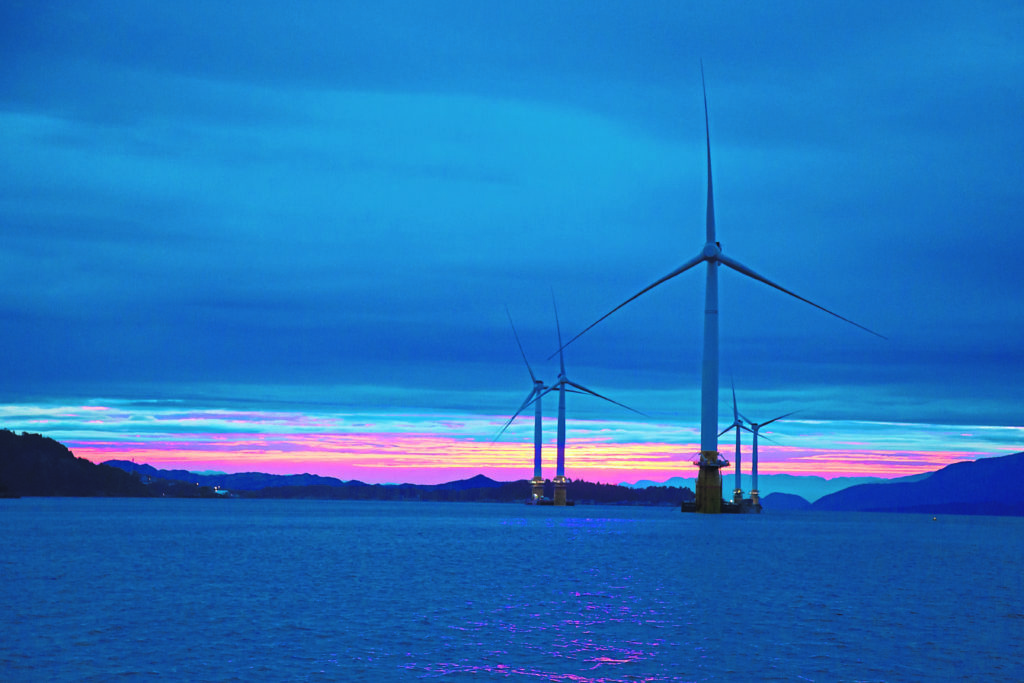
Norwegian energy giant Equinor has outlined plans to become a global offshore wind “major” by 2026 as it looks to “shape its portfolio” in line with the Paris goals.
Oslo-headquartered Equinor, which operates the Mariner oilfield, east of Shetland, pledged to grow its renewable energy capacity tenfold over the next six years.
That would give the firm, which is behind the Hywind floating wind project off Peterhead, as much as 6 gigawatts of green power production.
The business also intends to make its operations carbon neutral by 2030, and reduce its total carbon footprint, from initial production right through to final consumption, by 50% by 2050.
Chief executive Eldar Saetre said Equinor would produce less oil in a low carbon future, but that “value creation” from hydrocarbons would remain high over the next three decades.
Mr Saetre believes renewables present “significant new opportunities to create attractive returns and growth”, and said oil, gas, renewables, carbon capture and hydrogen could complement one another.
He said the push to lower carbon intensity would be met primarily through growth in renewables and “changes in the scale and compositions of the oil and gas portfolio”.
Equinor also reported its financial results for 2019 this morning, which showed record high production of 2.2 million barrels of oil equivalent per day in the fourth quarter, bolstered by production start-up at Mariner in August and Johan Sverdrup in October.
Revenue dropped 19% to £49.6 billion for the full-year 2019, while pre-tax profits were cut in half, totalling £7.2bn, as lower oil and gas prices took their toll.
Mr Saetre also said 2019 was a “game-changing year” for Equinor’s renewables business.
The company made the investment decision for Hywind Tampen in Norway and won the opportunities to develop Empire Wind offshore New York and Dogger Bank, the world’s largest offshore wind development, in the UK.
Recommended for you

